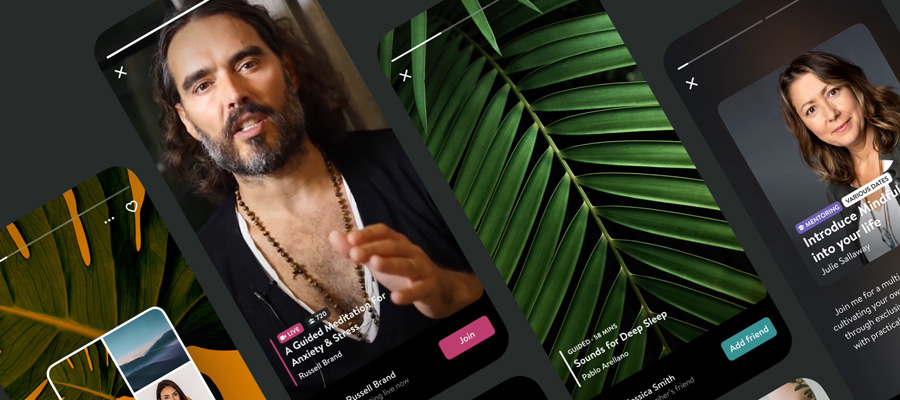UX research is a crucial part of a successful online marketing campaign. It helps you understand your target audience’s problems and behavior and figure out how you can cater to their needs best.
The problem is that most small businesses rely on their intuition when it comes to UX research. They assume that it’s enough to put themselves in their users’ shoes to get an accurate idea of the solutions they need to implement. While this approach can work in some cases, when it comes to designing a flawless user experience, you need more than a hunch. You need a scientific model and data that can prove your hypothesis.
That’s why user testing is at the core of UX research.

But, how can you design a comprehensive usability testing method if you are new to this concept? Here are some of the basics steps you need to follow.
Recruit Your Users
Instead of launching your website or app and hoping for the best, design a beta version and recruit users to test it.
Let’s imagine that you are working on an app and what to see how prospects feel about it. You could use your website or social media platform to capture leads for your UX research. The medium you’re using isn’t very important. The goal is to create a list of people that are interested in testing your app and are qualified to do so.
It should go without saying that you need to know who your users are if you want to improve the UX design or your website or app. If your target audience is digital natives that grew up with the internet, then you probably don’t want someone who is technologically impaired to test your app.
Use a Scientific Method
As mentioned already, a successful UX research relies on facts and data. By approaching your tests with a scientific model as a base, you ensure that the process is smooth and the results you collect are accurate.
It may sound overly complicated, but it’s actually pretty simple: understand the problem that you are trying to solve, create a hypothesis, test it, analyze the results, make the necessary changes, then test again.
Of course, it would help to have the right tools by your side to streamline this process. An OKCalculator, for example, is an excellent number patterns solver that can help you determine complex sequences. This sophisticated tool can help you make your web design more effective by figuring out the golden ratio, for example.
Plan Your Tests
Decide where you will hold the test then pick a day and hour that works best for everyone. Before you begin the actual testing, make sure to prepare users for what they’re about to do. Let them know if you are recording the session and make sure they agree with that. Then, explain them as simply as possible what they need to do.
Be careful, though: you don’t want to influence their opinion. So, try to be as objective as possible when offering information. Also, try not to give out your hypothesis. Don’t tell them: we want to see how long our new game app will keep you engaged. Instead, let them know that you want them to play a game and share their thoughts at the end. Then, explain how the game works.
Collect Data and Analyze Your Findings
Take notes during the test and write down your observations. Report your findings, highlighting the main problems you’ve identified.
Don’t let the amount of data collected overwhelm you. Focus first on the major difficulties that users encountered when testing your website or app and only then move to the minor issues. You should also take note of the features the users loved or the ones they found easy to use. You could use these aspects as selling points when advertising your service.

Once you have an accurate report of the test, take the necessary steps to correct any problems and improve your product. Then, begin a new round of user testing to ensure the final result is par excellence.
User testing takes a lot of time, effort, and patience. That’s why so many small businesses ignore this step. But, with every testing session you run, you bring value to your company. And, that could translate into increased revenues in the long-run.




















